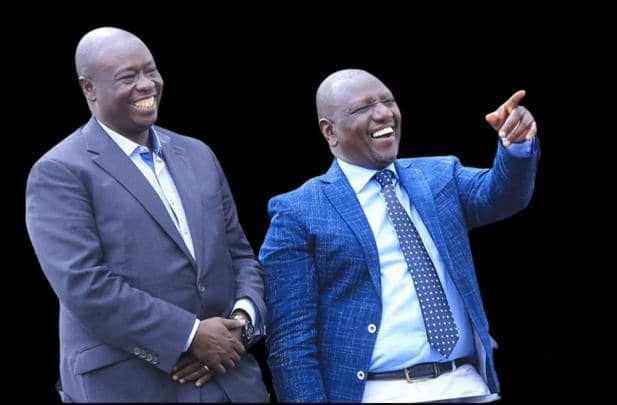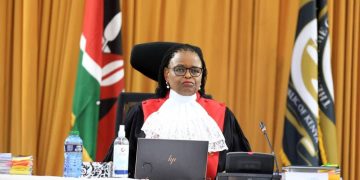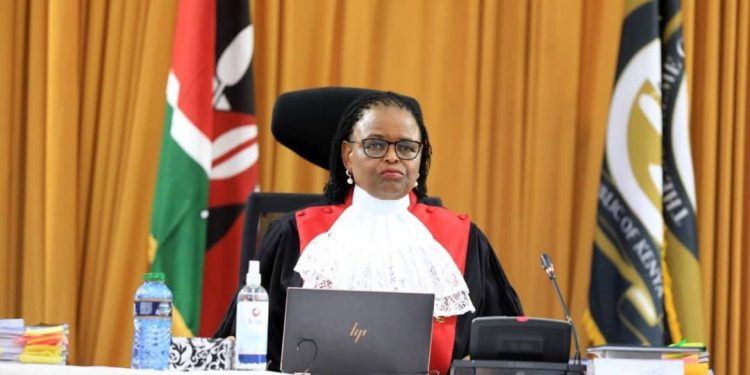Chief Justice Martha Koome while giving the apex court’s ruling on the Presidential election Petition filed by Mr Odinga on Monday labelled the claims “no more than hot air” and singled out lawyer Julie Soweto.
“We turn to Form 34A of Gacharage Primary School which was sensationally presented by Advocate Julie Soweto to show that one Jose Carmago accessed the RTS and interfered with the results contained therein. This also turned out to be no more than hot air and we were taken on a wild goose chase that yielded nothing of probative value,” said the Supreme Court president.
Advocates Paul Mwangi and Julie Soweto who represented Odinga last week showed the apex court judges how one Form 34A they found in the IEBC server had been tampered with and had some numbers changed.
Mr Mwangi showed the court one form 34A that bore the name of Jose Camargo, one of the three Venezuelan nationals arrested and later deported, at the top-left corner of the form.
Soweto managed to download the said file from Gicharaigu Primary School 02 in Kangema from the IEBC portal live in court.
“When we go to the bombshell itself, the top left-hand corner of the form, we were told by Mr Gumbo there were no foreigners in this election, we were told the foreigners left before August 8, we were told they did not even have access to maintain the server…” said Ms Soweto.

“This person is the one who was interfering with the forms, a crump was left by God’s grace, we found something… we didn’t make this up, we were told we made this up. This is how the staging, the changes were happening.”
Advocate Soweto also raised the issue of the IEBC stamp on the form which she said looked superimposed and also a sign of tampering with the numbers.
“This is the person who decided the president-elect of this country,” she told the court.
But in her ruling, CJ Koome said the IEBC server was configured to accept results only from authorised and properly mapped KIEMS kits, and that the logs presented by the petitioners were “outright forgeries”.
“Some of the logs presented as evidence of staging showed that they were either logs arising from the 2017 Presidential Election or were outright forgeries,” she ruled.
“There was no evidence of a man in the middle server configured to the IEBC’s BPN network and no evidence was produced to show that the chairperson of the IEBC and staff were part of the alleged conspiracy to stage the transmission process.”
To Odinga’s allegations that IEBC’s technology systems were tampered with by unauthorised people to give preconceived results, CJ Koome said it was not sufficiently proved.
“No credible evidence was provided to prove that anyone accessed the RTS to intercept, detain or store Forms 34A temporarily before they were uploaded to the public portal,” CJ Koome said.
“The allegation that 11,000 Forms 34A were affected by staging was similarly not proved and the allegation that IEBC, its officials and strangers used a tool to tamper with the Forms 34A before uploading them to the PDF format that eventually appeared on the public portal was sufficiently explained when IEBC demonstrated how KIEMS captured and transmitted the image of Form 34A.”
The Supreme Court noted that there were consistent attributes such as unique timestamps, uniform PDF conversion at the polling stations, unique polling stations mapping and consistent KIEMS reporting from verification to transmission of results, contrary to the petitioner’s claims.
By Citizen Kenya







